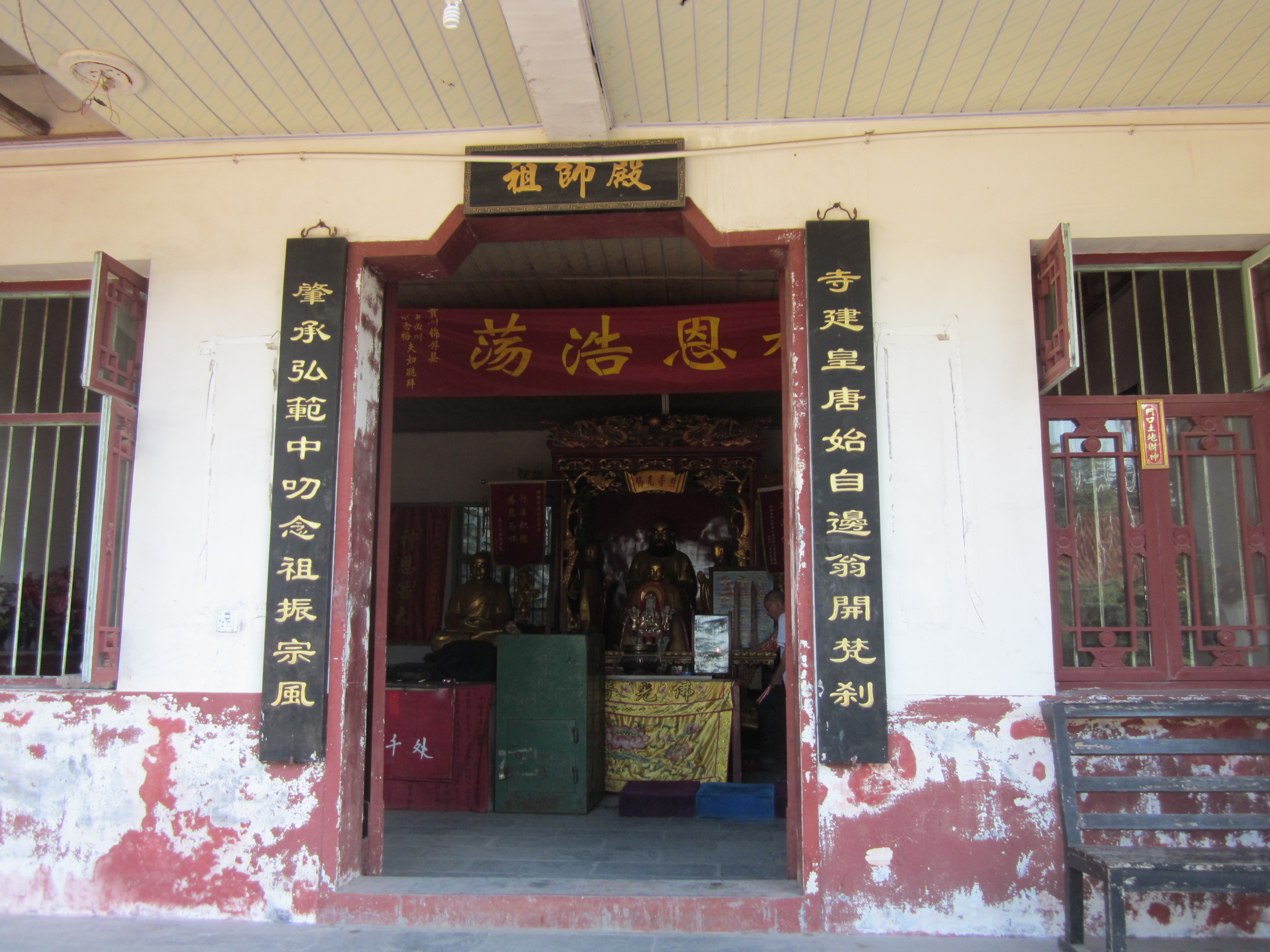Hall Of Guru on:
[Wikipedia]
[Google]
[Amazon]
 The Hall of Guru or Guru Hall (), also known as the Founder's Hall, is the most important annex halls in
The Hall of Guru or Guru Hall (), also known as the Founder's Hall, is the most important annex halls in
Chinese Buddhist
Chinese Buddhism or Han Buddhism ( zh, s=汉传佛教, t=漢傳佛教, p=Hànchuán Fójiào) is a Chinese form of Mahayana, Mahayana Buddhism which has shaped Chinese culture in a wide variety of areas including Chinese art, art, politics, Ch ...
temples for enshrining masters of various Buddhism schools. It is encountered throughout East Asia
East Asia is the eastern region of Asia, which is defined in both geographical and ethno-cultural terms. The modern states of East Asia include China, Japan, Mongolia, North Korea, South Korea, and Taiwan. China, North Korea, South Korea and ...
, including in some Japanese Buddhist
Buddhism has been practiced in Japan
Japan ( ja, 日本, or , and formally , ''Nihonkoku'') is an island country in East Asia. It is situated in the northwest Pacific Ocean, and is bordered on the west by the Sea of Japan, while exten ...
Kaisando
A , also termed the Founder's Hall, is a temple structure in a Japanese Buddhist monastery complex or other temple where an image (or images) of the founding abbot and other significant teachers and Buddha ancestors are kept,Kinoshita, 58 along w ...
s (). The Hall of Guru is generally situated to the west of the Mahavira Hall
A Mahavira Hall, usually simply known as a Main Hall, is the main hall or building in a traditional Chinese Buddhist temple, enshrining representations of Gautama Buddha and various other buddhas and bodhisattvas. It is encountered throughout ...
. Chan Buddhist
Chan (; of ), from Sanskrit ''dhyāna in Buddhism, dhyāna'' (meaning "meditation" or "meditative state"), is a Chinese school of Mahayana, Mahāyāna Buddhism. It developed in China from the 6th century Common Era, CE onwards, becoming e ...
temples usually have the Hall of Guru, which is followed by other schools' temples. Therefore three statues are always enshrined in the Guru Hall, namely the founder of the school, the senior monk who make significant contributions to the establishment of the school and the builder of the temple. Generally the Guru Hall in Chan Buddhism temples has Bodhidharma
Bodhidharma was a semi-legendary Buddhist monk who lived during the 5th or 6th century CE. He is traditionally credited as the transmitter of Chan Buddhism to China, and regarded as its first Chinese patriarch. According to a 17th century apo ...
enshrined in the middle, the 6th Master Huineng
Dajian Huineng (); (February 27, 638 – August 28, 713), also commonly known as the Sixth Patriarch or Sixth Ancestor of Chan (traditional Chinese: 禪宗六祖), is a semi-legendary but central figure in the early history of Chinese Chan Buddhi ...
's (638-713) statue on the left and Master Baizhang Huaihai
Baizhang Huaihai (; pinyin: ''Bǎizhàng Huáihái''; Wade-Giles: ''Pai-chang Huai-hai''; ja, Hyakujō Ekai) (720–814) was a Zen master during the Tang Dynasty. A native of Fuzhou, he was a dharma transmission, dharma heir of Mazu Daoyi (Wade ...
's (720-814) statue on the right. Patriarch Bodhidharma and ''Damo'' () for short, from south of ancient India
According to consensus in modern genetics, anatomically modern humans first arrived on the Indian subcontinent from Africa between 73,000 and 55,000 years ago. Quote: "Y-Chromosome and Mt-DNA data support the colonization of South Asia by m ...
, was the original ancestor of Chan Buddhism. The 6th Master Dajian Huineng was the actual founder of Chan Buddhism. After him, the Chan Buddhism in ancient China
The earliest known written records of the history of China date from as early as 1250 BC, from the Shang dynasty (c. 1600–1046 BC), during the reign of king Wu Ding. Ancient historical texts such as the '' Book of Documents'' (early chapte ...
was almost changed and had far-reaching influence on Chinese traditional culture. Baizhang Huaihai was the third generation disciple of Huineng and his main achievements included: applying Chan Buddhism into practice, creating a set of regulations for Chan Buddhist temples and contributing to the steady development of Chan Buddhism.
References
Further reading
* *External links
{{DEFAULTSORT:Guru Hall Chinese Buddhist architecture Japanese Buddhist architecture